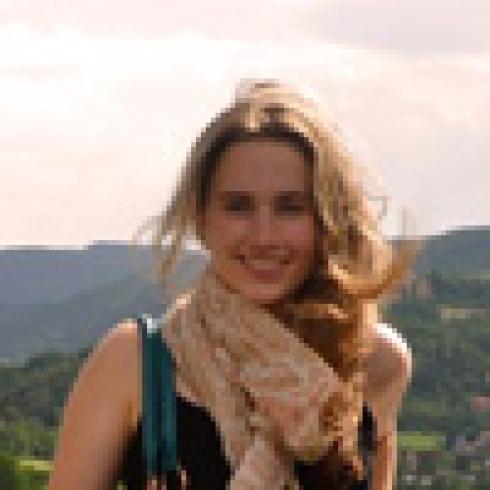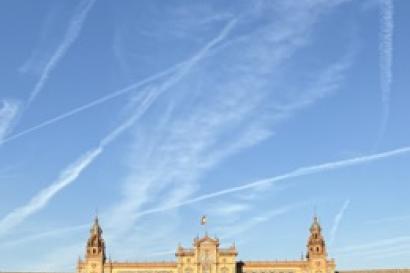Piazza del Campo is the city’s default meeting place. It may no longer be the true city center, but it’s definitely its historic heart. While it exceeded my expectations of beauty and grandeur, what surprised me most was the Campo’s life: no matter the time of day it’s packed, whether daytime’s tour groups and school children or nightime’s families and friends. In the short time I’ve been here it has become a social focal point.
The name “Piazza del Campo”, translates to “The Field Square”. When Siena was still a young city, founded way back when by the Etruscans, the current piazza location was the hill where three small towns converged. While the towns slowly melded to make Siena, the slope remained a field, beyond city buildings but inside the wall.
The Via Francigena, of our excellent hike two weekends ago, is what brought il Campo to life. The pilgrimage path, between Rome and Paris, entered and exited Siena by way of Via Banchi di Sopra. This street is still the main thoroughfare fare of Siena, running from the northern Florentine gate to the southern Roman gate. The Via Francigena was meant to guide pilgrims through the city, and originally deposited them mid-city at Piazza Tolomei, the original square of business and social activities. Walking by Tolomei today, its beautiful but small and confined. Which is precisely why Siena decided to engineer a grander venue.
While “square” denotes a confined area, “piazza” expresses a social meeting point. The Piazza del Campo was created as a space open to the ebb and flow of city life. The once green slope was paved over, now fenced in by the Torre and Palazzo Pubblico in a rough shell shape. The center of the piazza is paved with seventeen converging scalene triangles, creating the “shell” and also representing the seventeen Sienese contradas.
This past Wednesday one of my professors brought our class to il Campo for some al fresco discussion. When asked what would happen if someone slept in the piazza at night, our professor said “nothing”: it’s a public space, therefore its here for all to enjoy. And that’s what is striking about Sienese society: public space is for the public, no matter the time or activity. Siena’s public garden and orchard, only a few minutes walk from il Campo, came under scrutiny a few years ago due to rumors of drug deals. But closing the area would not have been seen as a proactive means of safety insurance, as some suggested the government should do, but rather as an admission of defeat and lack of power to ensure safety on the part of the Sienese. Instead, security heightened but the area remained open, continuing the use of a public space. Whereas back home public parks may close at dusk, and squares are patrolled for nighttime stragglers, the Piazza del Campo is open. Not a single day, or night, here have I seen the piazza empty or quiet, and I hope I never will.

Caeli Smith
<div> </div>
<div><span style="color: rgb(29, 29, 29); font-family: Arial, Verdana, sans-serif; font-size: 12px; line-height: normal; background-color: rgb(237, 237, 237);">Caeli Smith is a junior at Connecticut College and majors in English and Art with a minor in Italian and is part of an international studies program. She likes nothing more than heading out on a travel adventure - to sightsee, try new food, wander, and get a little bit lost.</span></div>







